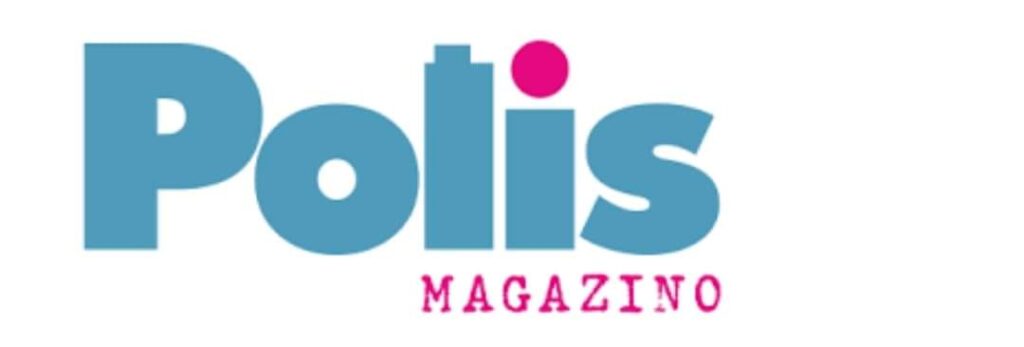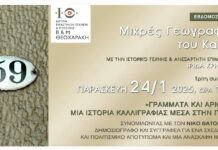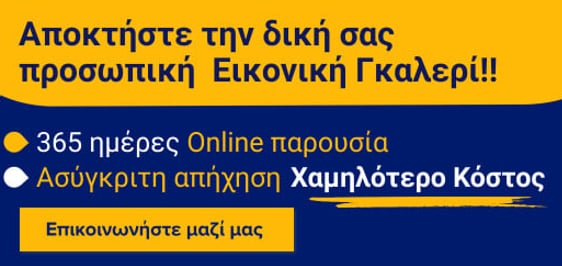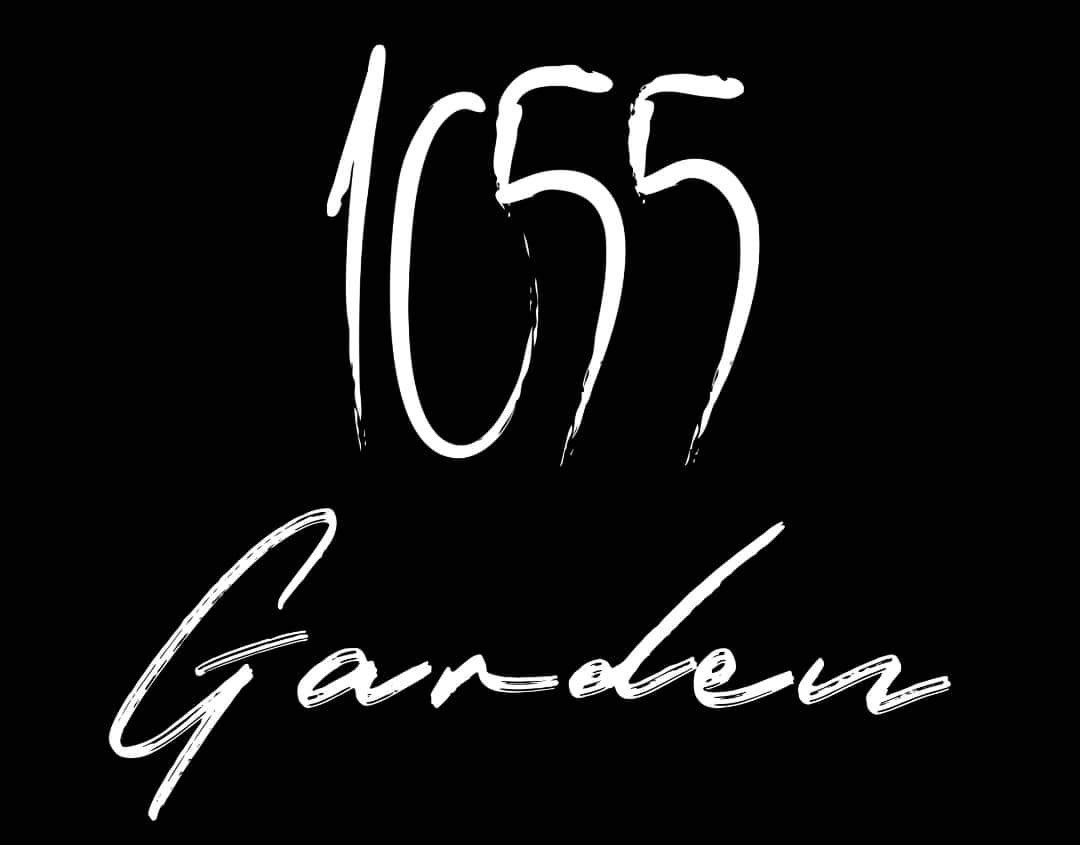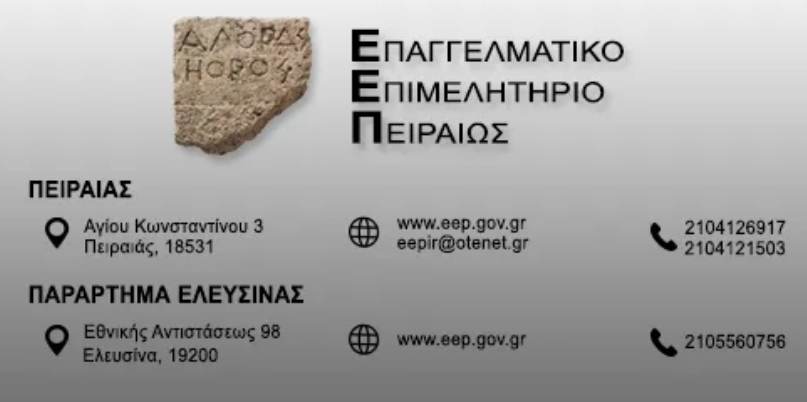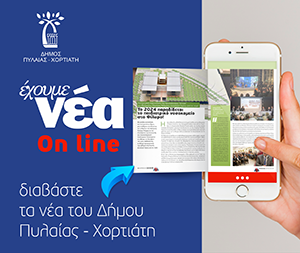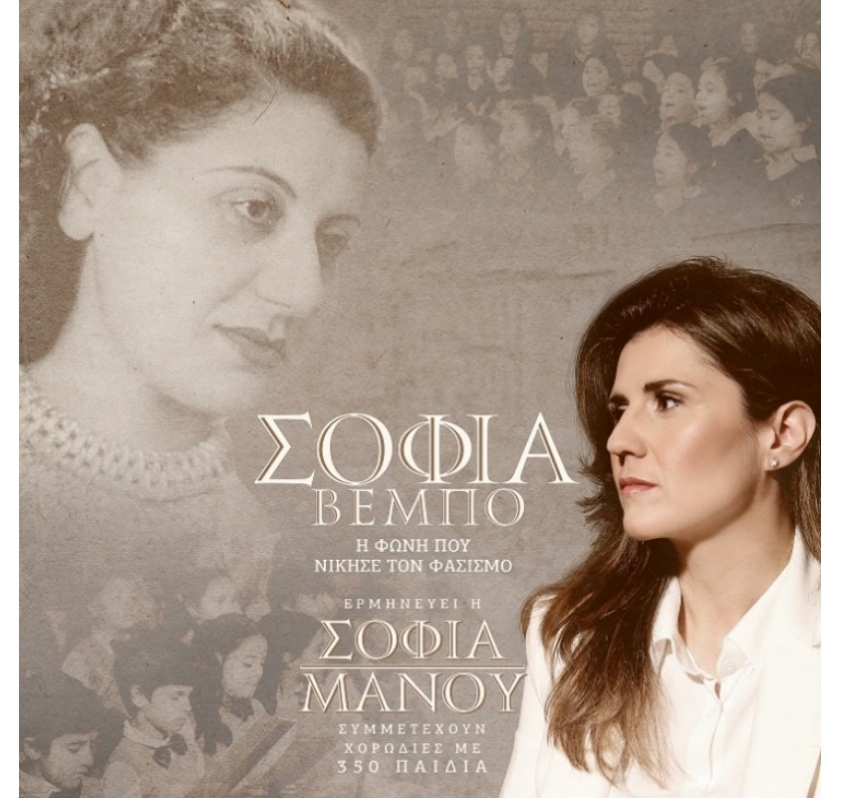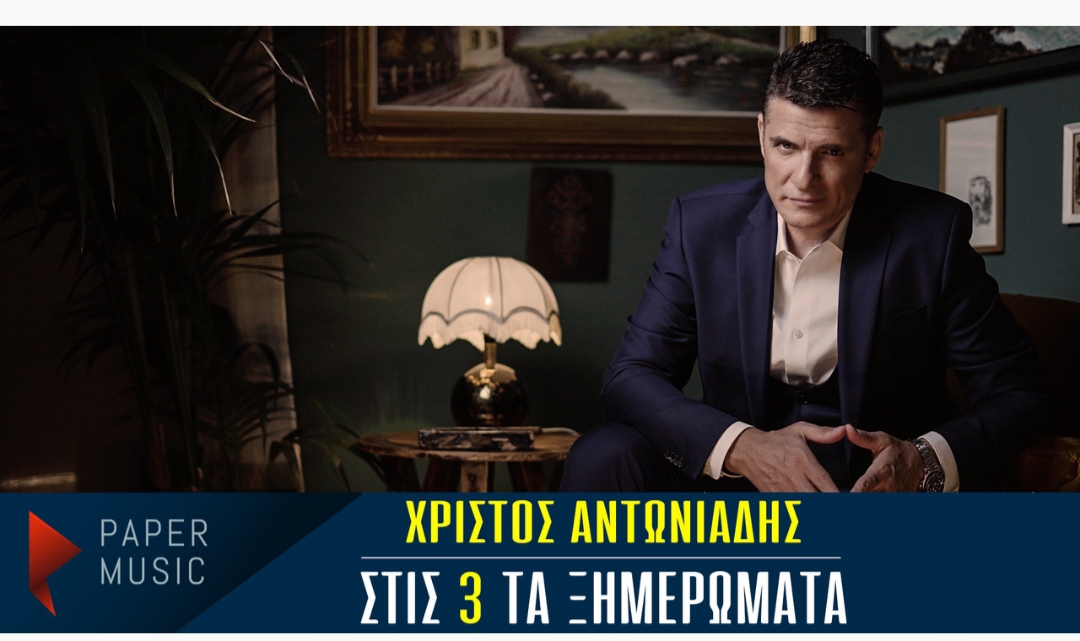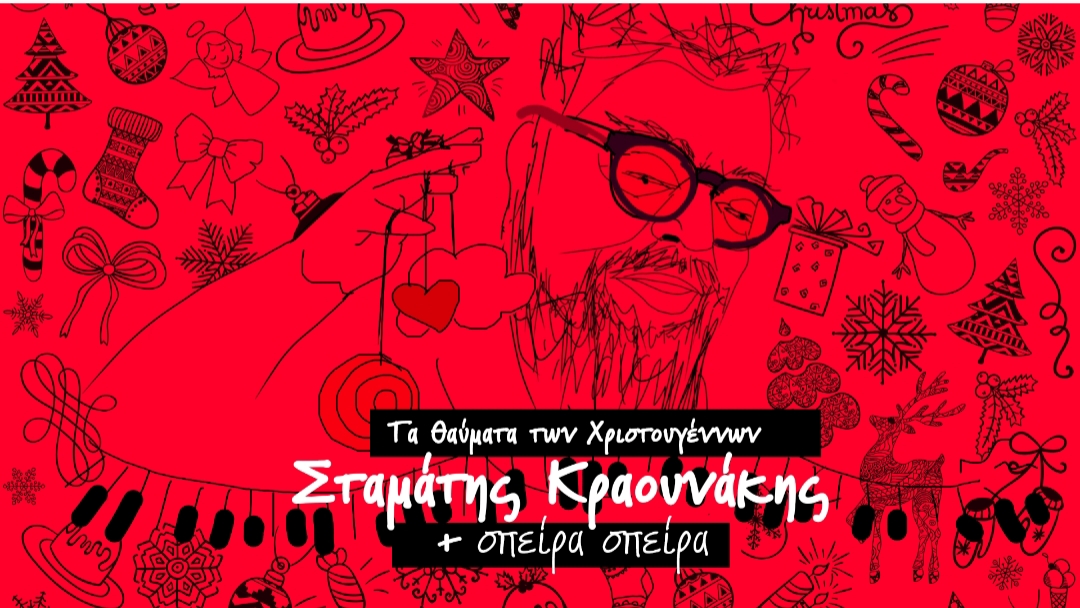Επιμέλεια: Εύα Πετροπούλου Λιανού
In search of a choice. Final article
Science is spectral analysis; art is the synthesis of light. Andre Malraux
In this article we will summarize the eight issues of choice considered, highlight the main theses and postulates of a new direction in art – choism, and also draw general conclusions.
In previous articles, many examples, destinies, trends, works in the field of art were considered, but what do they have in common? The most obvious thing is all art. Regardless of the time, the efforts of the authors, collections of works, feelings, thoughts, they were all attached to art in one way or another. And indeed, hardly any of the poets hoped to build a real house out of the word, and the artists did not create paintings in a rush after eating them. That is, if they were driven by some other goals (domestic or gastronomic), they probably would have chosen other ways and tools to achieve them. And then this common component pulled, moved, inspired all these authors to create, it also created art itself (practical human activity aimed at mastering and creating aesthetic values), which was further systematized, divided into currents.
In general, the current in art is also not an abstract thing, but in a sense a distinctive and creative form of matter, something between a book or magazine and words in a manuscript and paints on canvas. The current seems to collect both works and authors, and their thoughts, and publications in the media, conversations of that time and even feelings. It is hardly possible to give a complete description for any current or reduce it to a formula; it is rather something that is not differentiable, emotional, more difficult to know, like an endless starry sky, that’s what art is, after all.
Back to choism…
It is no secret that all artists, both earlier and in the future, will pass through the achievements (schools) of the past, reflect phenomena from the present and strive for individuality. What, then, is the peculiarity of choism?
Choism puts at the head of the problem of creative growth and development of thinking, analysis and individual experiment of the author. It encourages choice, encourages change and evolves.
And what is evolution? Evolution is also a choice!
Then we can formulate some intermediate conclusions and characteristics of choism.
• Choism is a natural catalyst for evolutionary processes in art and literature;
• Choism is characterized by choice (visualization, call for choice);
• Choice in art calls for thinking about the problem of choice, as such in the real world, in other areas not related to art.
These three theses give the most vivid idea of choism, although they do not reveal all the subtleties and details. In addition, now it would be more correct to talk about early choism, since this trend does not yet have an extensive information field or hundreds of followers and is just beginning to form from the first author’s works, new ideas and brief justifications (notes, articles, comments).
To complete the characterization of choism, in addition to theses, we will consider several problems and questions to which the new current will be able to give answers and offer possible solutions:
• Creation and creation of the new. New path (alternative and perpendicular);
• Getting out of the information Middle Ages and fighting the pressure of information (cleaning the table);
• Search for new paths, new authors, new techniques, ideas, tools, ideals and inspiration;
• Creation of the institute of “choice” in literature and art. A new sphere of creativity (perpendicular art);
• Combining the disparate into a whole and logical. Unification of cultures, languages and ideas (as long as a person does not know him, does not exist);
• Compliance and orientation to modern topics, realities, issues and problems;
• Using new experiences. The basis is live contact, dialogue, correspondence and friendship;
• Saturation of works with great meaning, but understandable and accessible to understanding and dialogue;
• Positive outlook on the future, search for suggestions and answers;
• Despite the diversity and personal choice, maintaining the integrity, versatility and simplicity of the device;
• The diversity of choism, the possibility of compromise, different forms of manifestation and methods. (A choice, not a formula for success).
All these points are quite simple, and maybe very idealistic, but on the other hand, where, if not in literature or art to find a place for the ideal? This does not mean at all that epicness, rejection of reality or fictional parade is needed, as well as falling into the art of depression, with disgusting plots that frighten and corrupt the reader (viewer). A reasonable choice is needed in everything! We need new techniques and methods in creating modern values, maybe not opposition, but the representation of opposites (dark and bright, bad and good, modern and primitive).
Choism has identified himself today, but he still has a long way to go. There will be new questions and problems to which choism will be forced to look for answers, there will be supporters and opponents of this trend, it has always been and always will be. He will be loved and hated, inspired and cursed.
But what exactly will choism be? This will be a proactive flow, it will not leave the author or the viewer indifferent and it will encourage choice, reflection, emotions, argument and movement in general. The current that is being created in such a dynamic time as the information Middle Ages is forced to be even faster, forced to be more flexible, but at the same time bold. It will be a current that will give an answer to those problems that no one has yet suspected, to see the invisible, to illuminate in the midst of darkness and lead to light!
As a finale, I propose to derive a definition for a new trend in art:
Choism (English choice “choice”) is a current in art and literature of the 21st century. The basis of the choistic method, which can be characterized as the quintessence of the flow, is the “choice” and its display on the objects surrounding the author.
The role of choism in contemporary art is the solution of the problem, the question of choice, the search for new opportunities for the movement of the author’s thought and the development of humanity. Choism is designed to inspire, develop the best impulses of a person, organize and systematize them for the subsequent creation of new aesthetic values and ideals.
